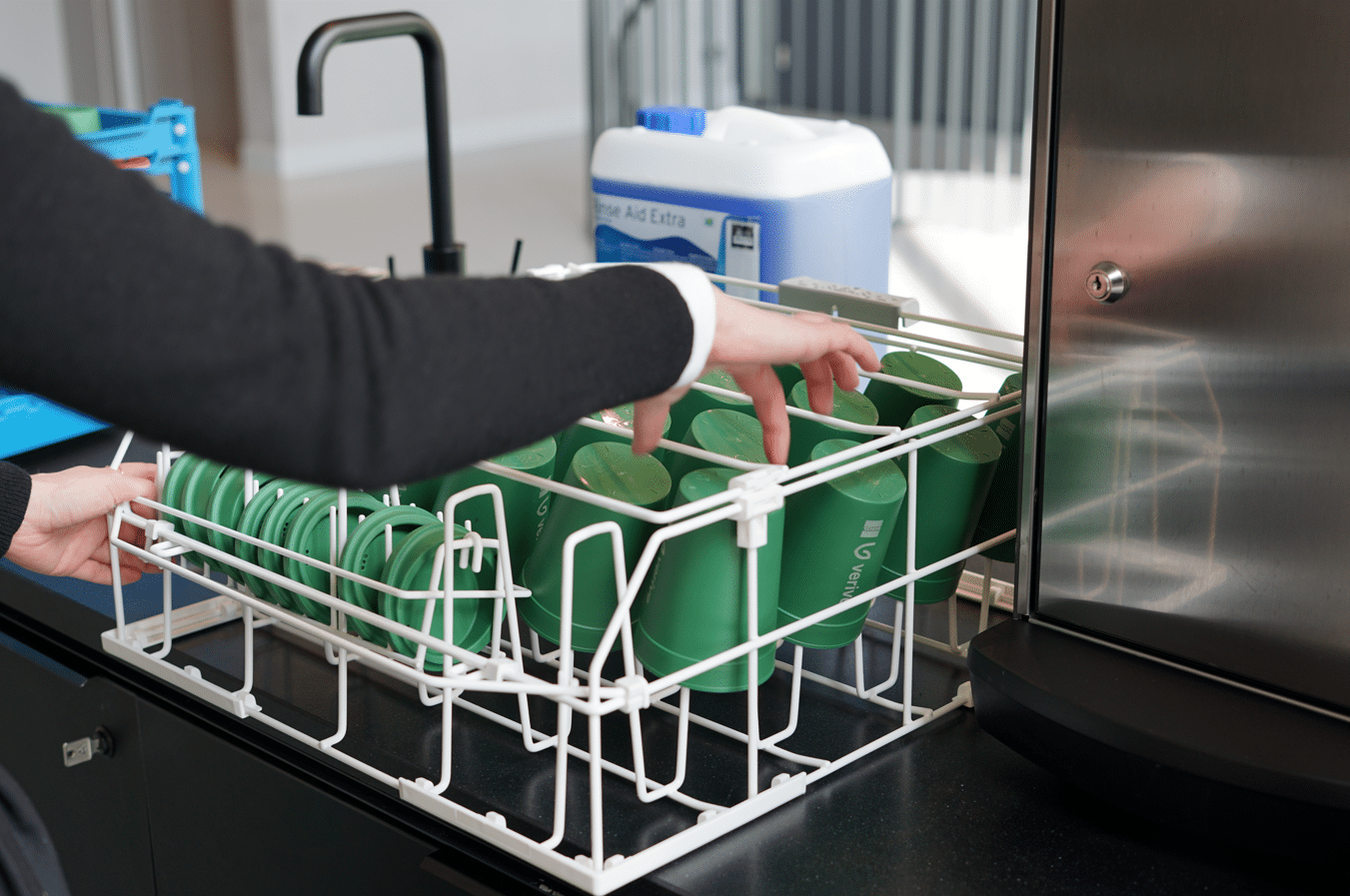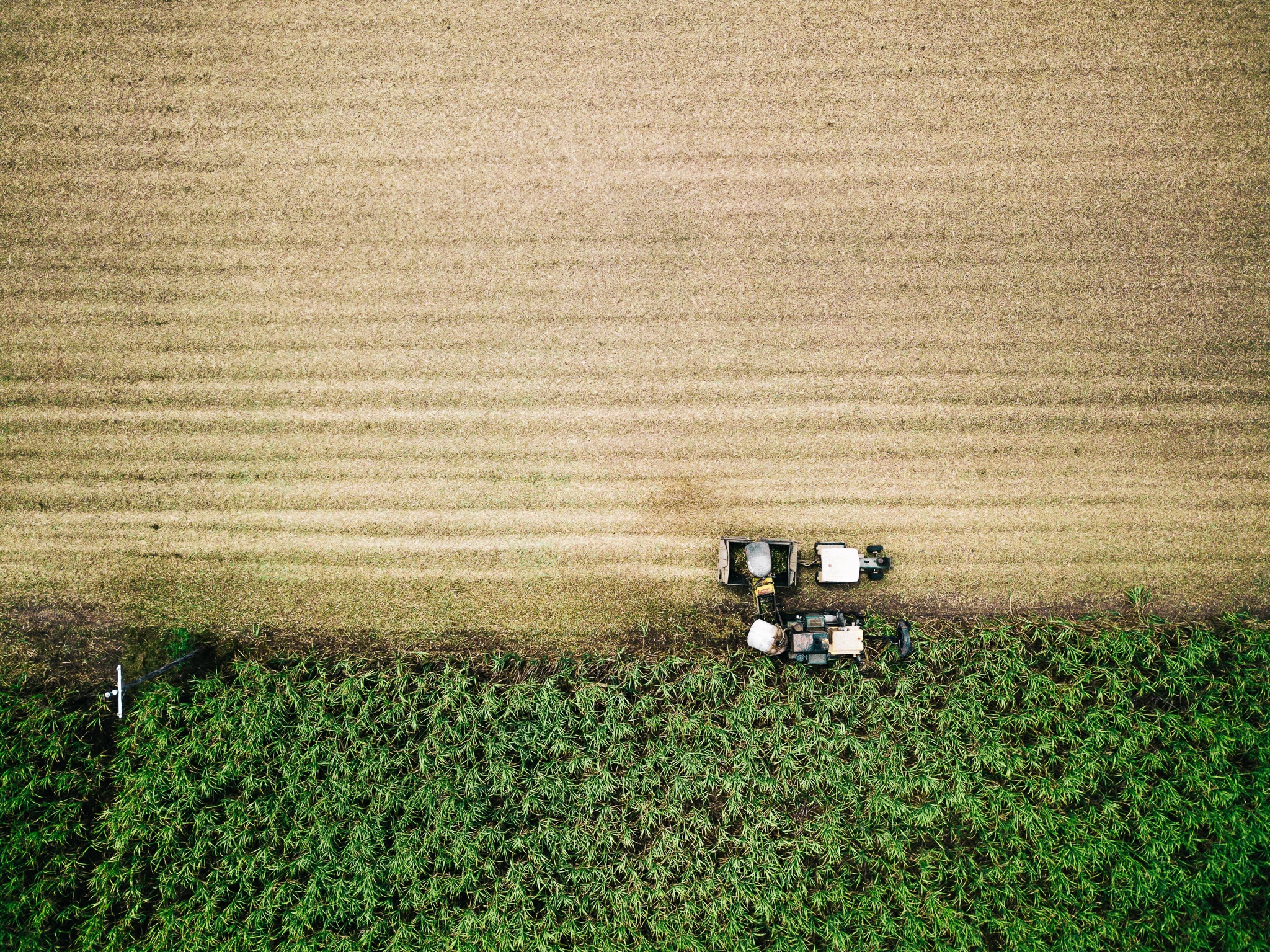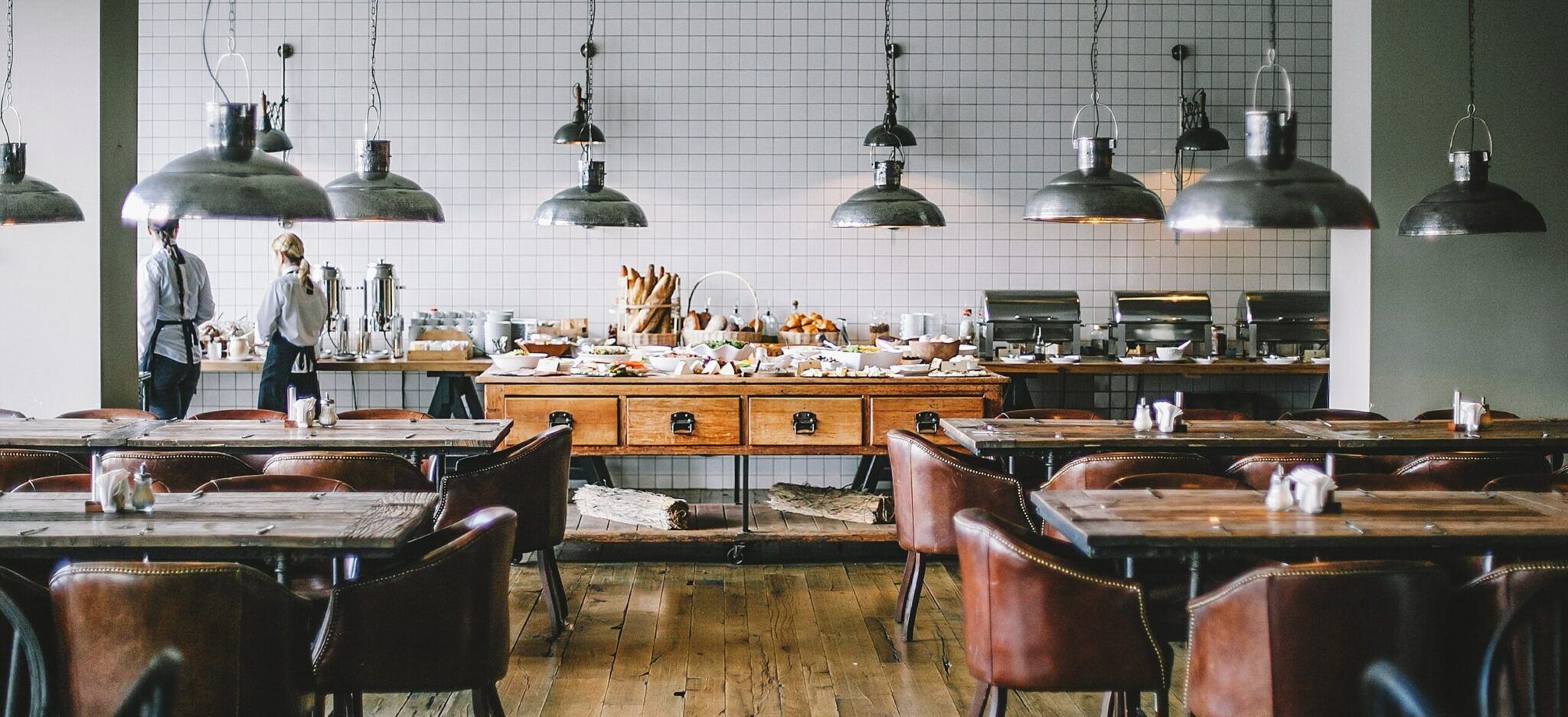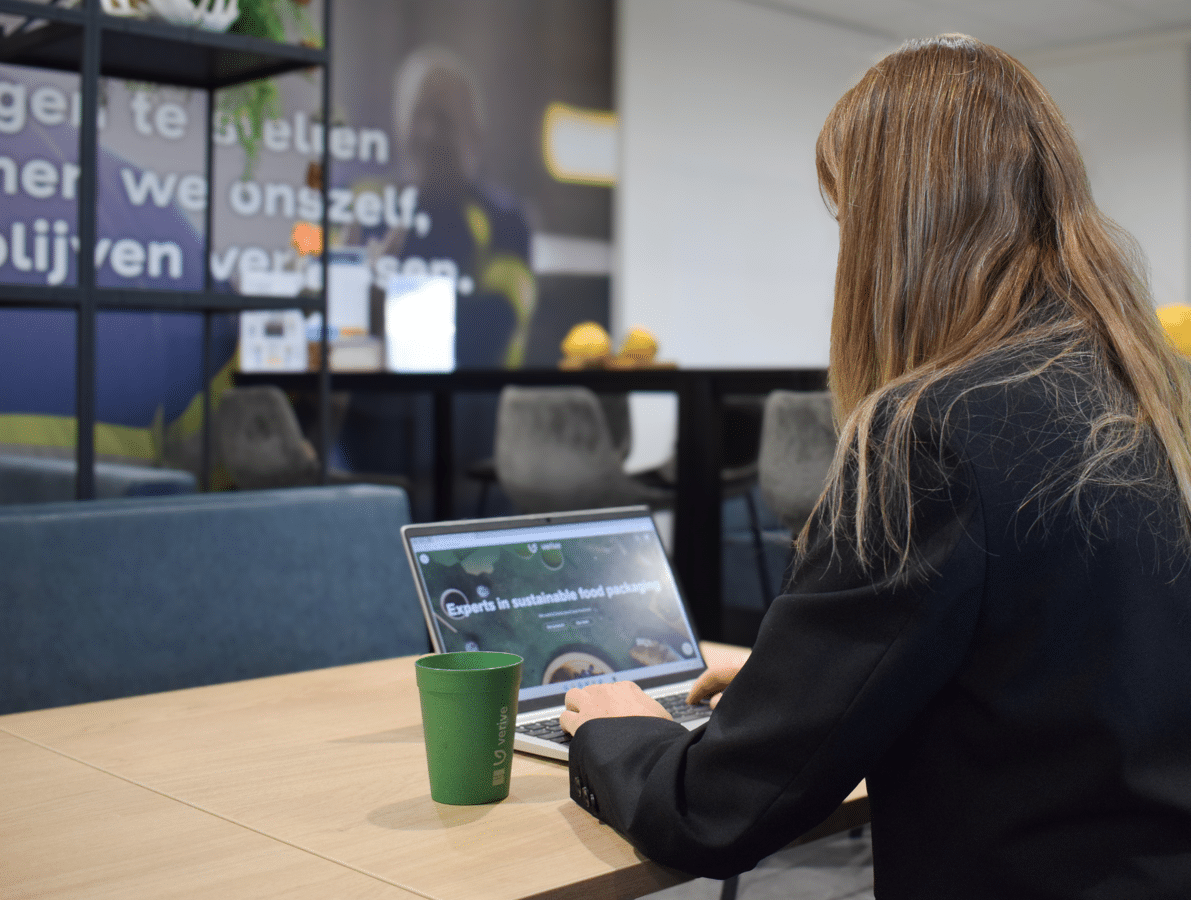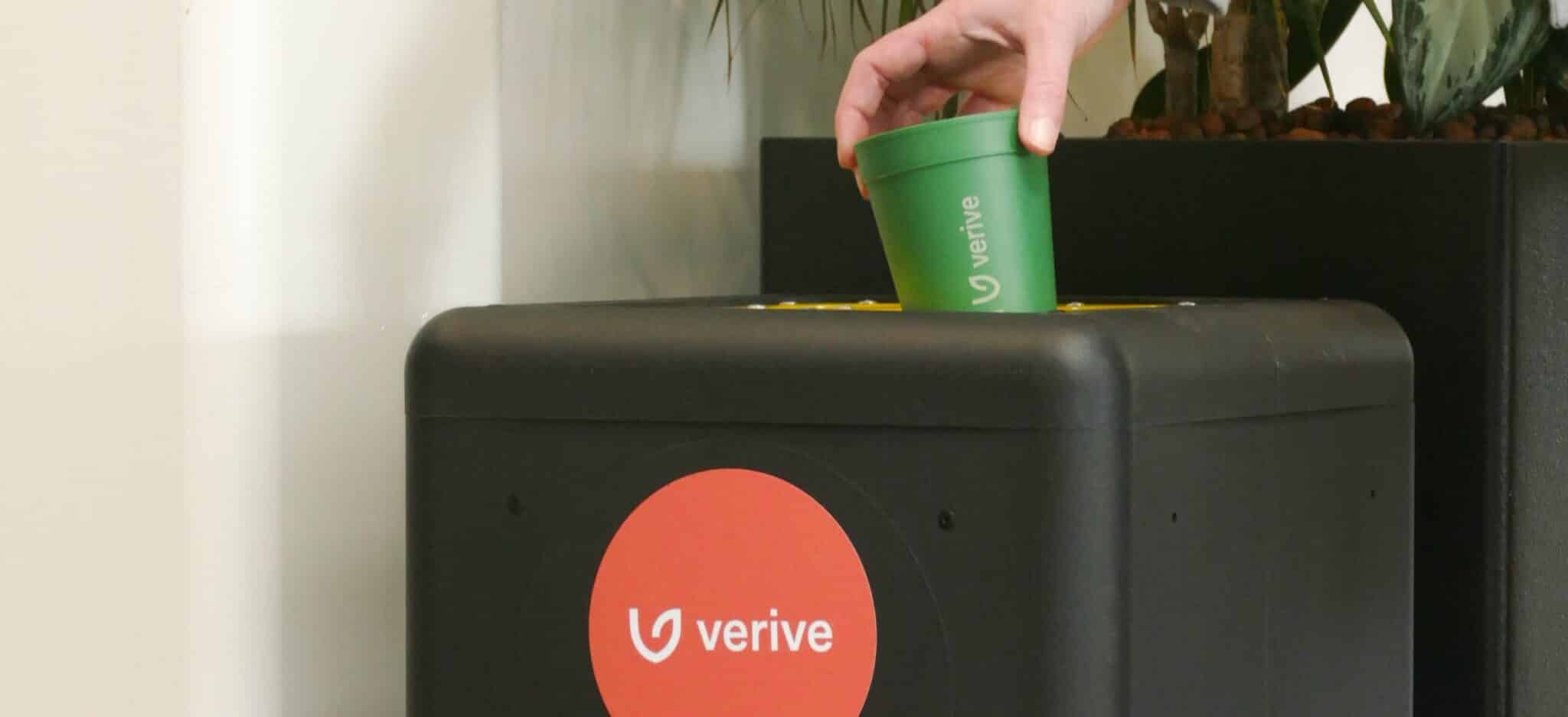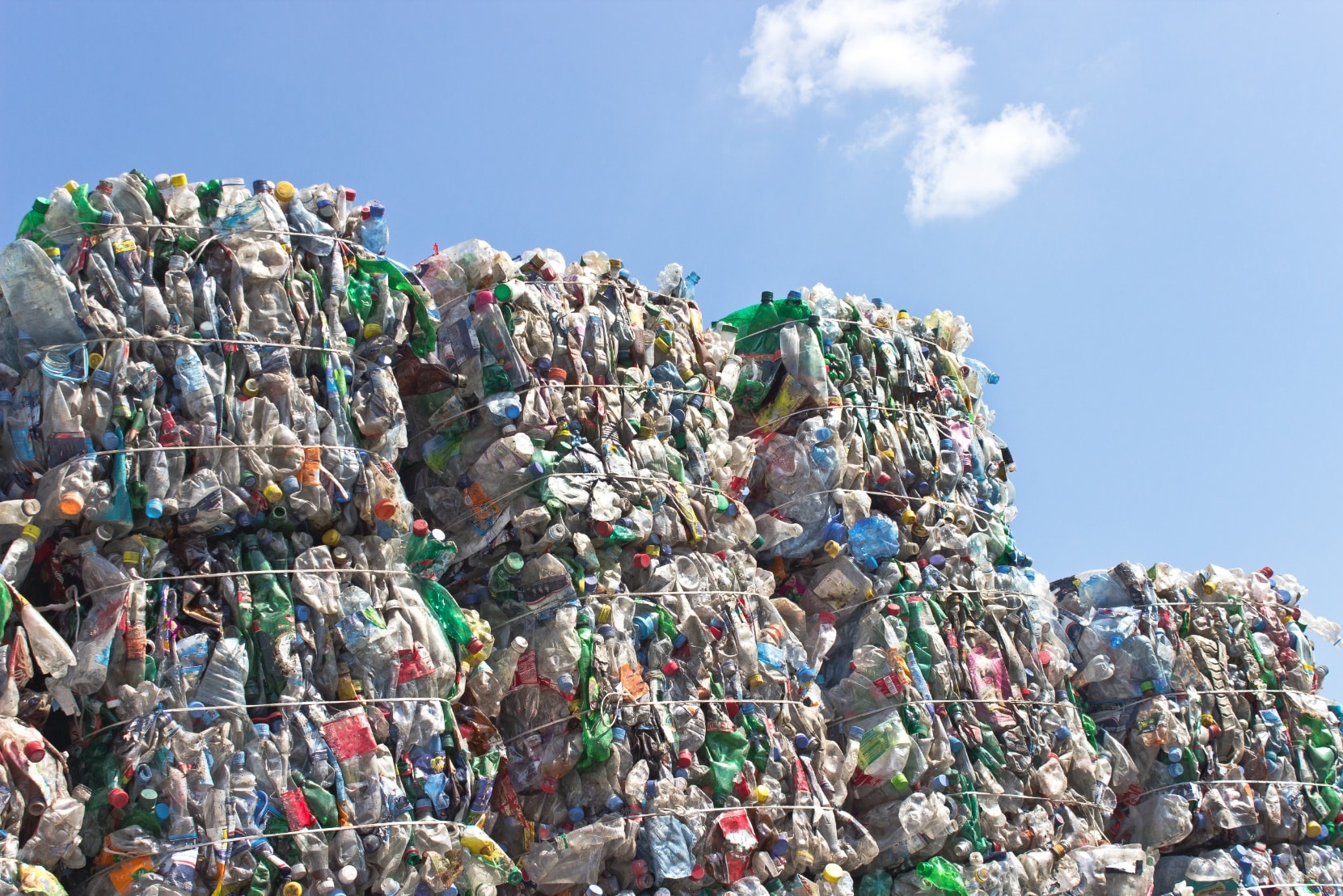About this article
Those of us in the food packaging industry must examine whether the shift to alternative materials like bioplastics and bagasse diverts potential food sources further away from those who need them the most. We explore this topic on World Food Day 2021.
We make food packaging from alternative materials, including plants. But what are the unspoken consequences of this packaging revolution in a world that struggles to feed all its inhabitants? Those of us in the (food) packaging industry must examine whether this shift to new materials diverts potential food sources further away from those who need them the most. This can happen in two ways:
(1) Using potential food sources – think pasta or mushrooms – as packaging materials.
(2) Using viable land to grow plants for packaging rather than growing crops for food.
It bears repeating that the ultimate cause of world hunger is poverty and income inequality, not food shortages. This means addressing food security and climate change is not just about land use, it’s also about tackling waste – including food waste – across supply chains and a product’s end of life.
That said, efforts to achieve sustainability should not worsen existing problems. That’s why we are happy to report that most new food packaging materials used today are made from by-products, rather than direct food sources. In honour of World Food Day 2021, and as part of the ongoing conversations around ‘Our actions are our future’, this blog examines the potential impacts on land use and food security of 3 distinct materials: PLA, bagasse, and pasta.
PLA and land use
PLA is the most well-known and commonly used bioplastic in packaging. Biobased plastics, or bioplastics, are made from polymers manufactured from plant sources, not fossil fuels. They are designed to look, feel, and behave like other plastics. But they have a few key differences. Namely, they are made using renewable resources. There are two types of bioplastics: The non-biodegradable bioplastics (for example PP and PE from renewables) and those that are both made from renewable and compostable under the right conditions (PLA).
First-generation bioplastics were derived from crops like corn or sugarcane. These days, bioplastics are typically made from yields unsuitable for human consumption (e.g., feedstock). Moreover, non-food grade crops, including corn, can be grown on outlying agricultural land to prevent interference with food production. If half the world’s plastic production switched to crop-based bioplastics, the industry would still only require roughly 3% of the world’s cultivated land. That said, bioplastics are not immune to the EU’s roll-out of the Single-Use Plastic (SUP) Directive and, therefore, might not offer the long-term sustainability solution that other alternatives can.
Although most people think of corn when PLA gets mentioned, nowadays, plenty of research and innovation is devoted to the development of bioplastics from non-food crops and agricultural waste materials. For example, the second generation focuses on non-food renewables like wood biomass, non-food vegetable oils, and bagasse from sugarcane (the latter is discussed below). Driving the industry further still, the third generation focuses on soil-less farming and non-food crops (e.g., bacterium, micro-algae, yeasts, waste water, etc.).
Bagasse & other materials
Bagasse is a waste product from sugarcane production. It is the fibrous pulp that remains once the juice has been squeezed from the sugarcane stalks. The result is something that looks and feels like cardboard or paper given its high level of cellulose. Trees take years to grow; sugarcane can reach maturity in six months. Added bonus? It’s often white so requires less bleaching than is needed to make regular paper. Unlike PLA, bagasse is made from the waste or by-product of another process and is unaffected by the EU’s SUP Directive.

As mentioned, a host of other materials are being explored… from algae to yeasts, to mushrooms, to seaweed, and even pasta! While we see exciting opportunities for innovation, Verive does not support the use of direct food sources (like pasta) for food packaging. At present, mushrooms and seaweed are not scalable and raise similar issues to bioplastics insofar as weighing land use for non-food-grade crops versus the use of land for raising edible crops.
Conclusion
Bottom line: When using bioplastics and alternative materials, there is no ‘one size fits all’ solution, especially when you see sustainability as a journey of continual improvement (rather than a finish line to cross). Ultimately, it’s a balancing act. That is why it’s important to ask some key questions when sourcing plant-based food packaging.
Consider: Where were the materials grown? How much land did it take up? How much water was needed? What could those materials be used for instead? Yes, alternative materials offer marked improvements in terms of carbon footprints and waste. But at Verive, we believe that this cannot come with other detriments like diverted land use or threats to food security.
That said, efforts to achieve sustainability should not worsen existing problems. That’s why we are happy to report that most new food packaging materials used today are made from by-products, rather than direct food sources. In honour of World Food Day 2021, and as part of the ongoing conversations around ‘Our actions are our future’, this blog examines the potential impacts on land use and food security of 3 distinct materials: PLA, bagasse, and pasta.
Let us help you
At Verive, we try to help you make the best decision by giving you all the information on a product and its end of life.
In addition, our team of sustainability specialists can help you create the perfect personalised packaging strategy. Get in touch today, our team would love to hear from you.


